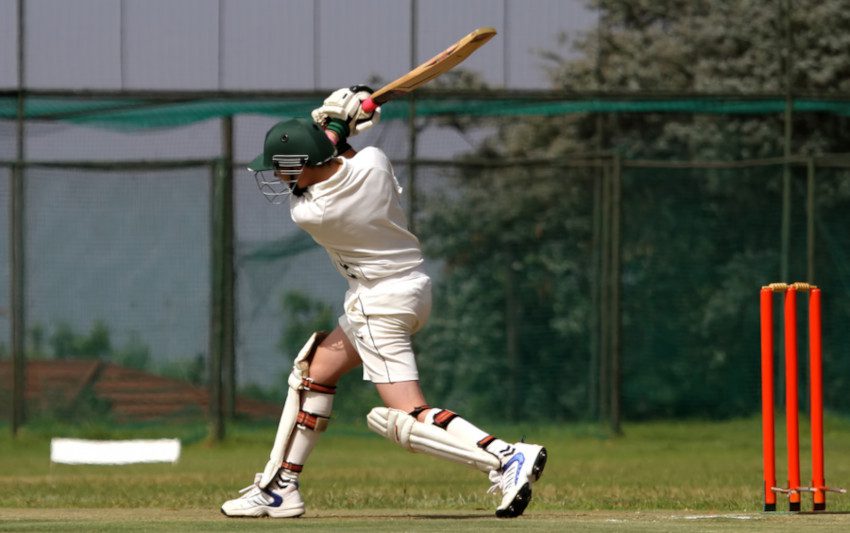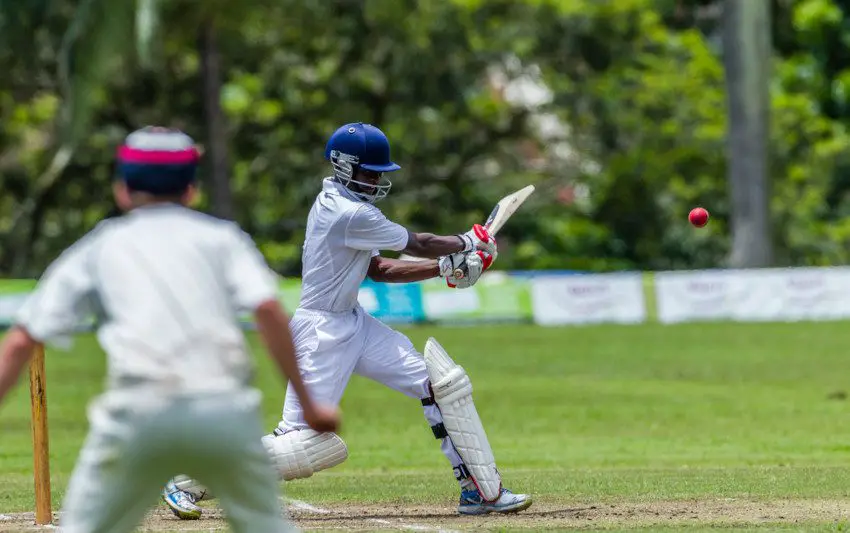Table of Contents
The saying states that catches win matches and that’s why it’s important to take a few moments to read through my guide on the art of catching.
How to Catch the Ball: The Basics of Cricket Fielding
Note that there are different types of catches in cricket and these will generally vary, depending on where you are fielding.
- In the slips or close in the ball will tend to come at you with speed. You’ll need quick reactions and the right technique.
- Out on the boundary, you’ll be generally looking for high balls coming out of the sky. Technique is important again but, as you will have more time to think, you’ll also need to stay calm.
Step 1 – How to Prepare for a Catch
You should always expect the ball to come to you, wherever you are in the field. This is the first step in the process of preparation.
Think too about your positioning: If you’re in the slips, remain relaxed with your hands ready to claim the ball. In the outfield, you’ll be walking in and you will have more time to get those hands into position.
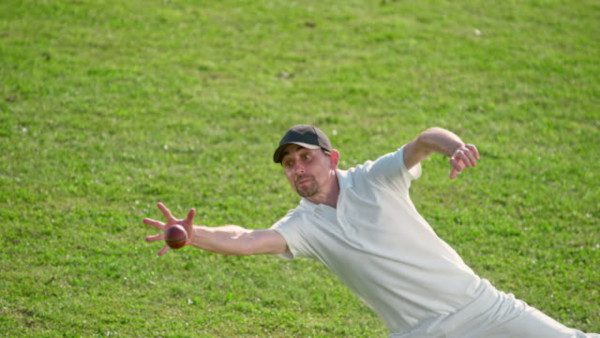
Step 2 – How to use the Orthodox Cup
An orthodox cup means that the hands will face downwards as the ball is caught. It’s used more often when the ball arrives low down, below the waist. You are literally forming your hands into a cup and you can practise this just by placing a ball into your hands outside of a match situation.
Fingers should be extended and, as the ball reaches you, it is caught at the base of the fingers where they attach to the palm of your hand. Keep them soft and bring the ball into the body as it makes contact.
Step 3 – How to Catch a High Ball: The Reverse Cup
As the name suggests, the reverse cup will see the fingers pointing up towards the sky. The shape of the hands still forms a ‘cup’ but the positioning is simply reversed. This used to be called the ‘Australian’ method but it’s now commonplace across the world.
This technique is better used for higher balls as they drop towards you. Watch the ball all the way and, once again, you are looking to catch it at the base of the fingers. Keep the hands soft and yielding as the ball drops and bring them into your body as you make contact.
Cricket Catching Tips
These are the basic techniques involved in catching a cricket ball but is there any more advice that I can give you? We’ve all dropped some easy chances at times and that’s going to happen – even the pro cricketers do it.
The important thing at all times is to keep calm and try to stay confident. If you’ve dropped one or two lately, get into a training session and start practising.
Technique is important but confidence and staying calm as the ball approaches is also crucial. If this is an issue, maybe work on some methods that help you stay calm under pressure.
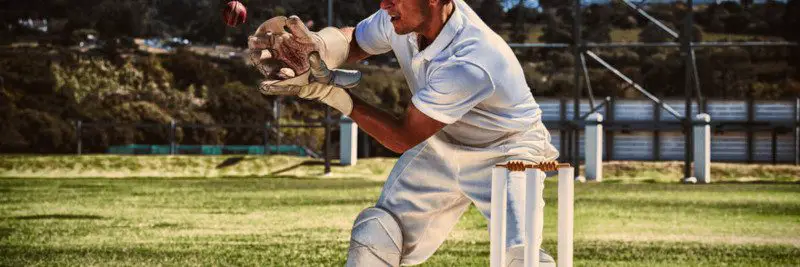
Retrieving Ground Balls
If the ball travels along the ground or it’s not possible to catch it, ground fielding is the skill to master. You are aiming to collect the ball cleanly and return it to the bowler or wicket keeper as quickly as possible.
Once again, you should be expecting the ball to come to you on each delivery. Don’t switch off as this will cause mistakes: By wanting and expecting the ball, you are helping to maintain your vital powers of concentration.
Outfielders should walk in as the ball is bowled; this helps to maintain balance and should allow you to move quickly in any direction. If the ball is hit to you, move towards it and look to get in position.
The Long Barrier
My advice to young players when fielding ground balls would be to adopt the ‘long barrier’. Get down on one knee and place your back leg behind your hands. The leg will then provide a second ‘barrier’ if the hands miss the ball.
It’s very rare for the professional cricketers to employ the long barrier because it actually slows down the process but I would recommend this for beginners. In time, you will build up your confidence to the point where your hands do all the work. You can field on the move and release the ball which will save runs and increase the chances of a possible run out.
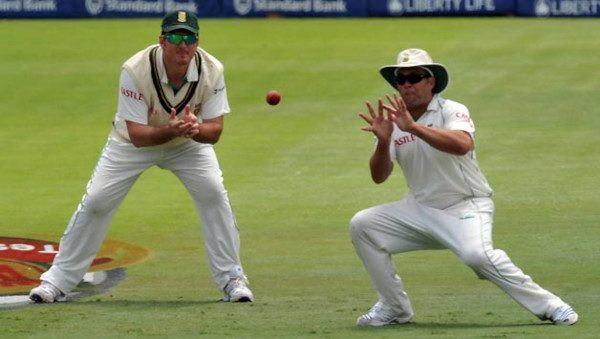
Catching a Cricket Ball FAQ
What are Catch Reactor Balls?
A catch reactor ball is a trademark from Gray-Nicolls. There are similar products available but this is an established cricket equipment manufacturer and their products are always highly recommended by me and many others.
Essentially, this is a training ball which is perfect for those who want to practise their catching. It isn’t a perfect ball as such as it is made from moulded rubber and features six half spheres. It’s a curious shape but when it hits a bat or the ground it’s impossible to predict which direction it will travel in.
That makes the catch reactor ball a perfect piece of equipment for those who want to keep their reflexes sharp. It’s good for catching as we mentioned but it can also be used for practising ground fielding.
Does it Hurt to Catch a Cricket Ball?
A match cricket ball is hard and it can hurt but, by following the above steps you will reduce that risk – even with shots that are hit back with force. Balls are meant to be caught with soft hands – you are almost receiving the ball into the ‘cup’ and that helps to reduce the impact.
If you attempt to catch a cricket ball with hard hands, there is no ‘give’ and that’s when that ball can hurt you.
Closing Thoughts
This is a comprehensive guide to catching the ball and we’ve also touched on the subject of ground fielding. The next step in the process involves throwing – releasing the ball when you’ve fielded it – and that’s what we will cover next.
And if you are looking for some motivation, we have just what you need. Check out the list and videos of the best catches in cricket history.

